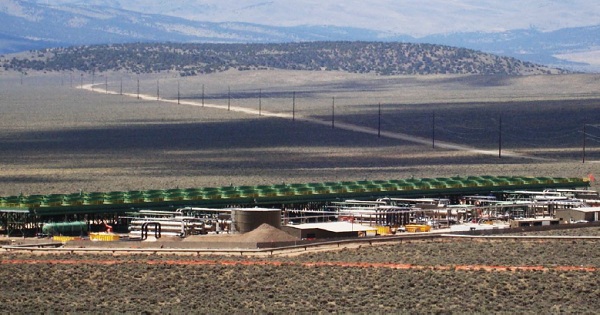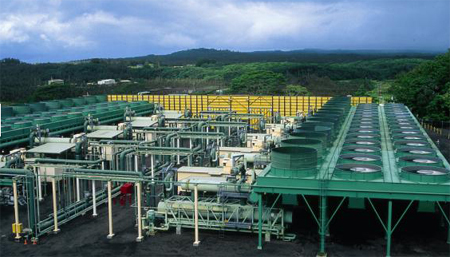More clean energy has come online with help from the 2009 stimulus-backed loan guarantee program.
Ormat Technologies said this week that the McGinness Hills geothermal plant in Lander County, Nev., which actually began putting out power in mid-June, had met requirements for commercial operation under its financing obligations.

Ormat received a partial guarantee for a $350 million loan – 20 percent of the guarantee was the responsibility of a private lender – under the Section 1705 program that was part of the American Recovery and Reinvestment Act. The loans supported construction of three geothermal power plants in Nevada. McGinness Hills was the last of the three to go into service.
The Tuscarora plant went online earlier this year and the Jersey Valley plant went online in 2011.
McGinness Hills has a net generating capacity of 30 megawatts and the three plants together have a net capacity of around 63 MW. Power from the projects is sold under long-term agreements to NV Energy.
“McGinness Hills demonstrates our ability to develop a successful greenfield project categorized as a blind system,” Yoram Bronicki, president and chief operating officer of Ormat. Bronick, said in a statement. “Blind geothermal systems, defined by a lack of surface hot springs or fumaroles, are the future of geothermal energy growth in the western United States.”
Republicans have charged repeatedly that the loan guarantee program that backed Ormat was either corrupt, too risky or backed projects that could have gotten private financing. But in recent months some have added, oddly enough, that some projects have been slow to draw on their loan guarantees and build out.
During a June hearing, Rep. Jim Jordan (R-Ohio) was especially critical of Prologis for not quickly using a loan guarantee it received to work with Bank of America to put massive amounts of solar PV on commercial warehouses around the country. Prologis Co-CEO Walter Rakowich said the project had prepared 15 roofs in Southern California for installation and that the project plan – requiring coordination and agreements with utilities who would take the electricity produced – all along was for most of the installation to happen in years three and four of the project.
At least one other big power-generating project is ahead of schedule: Agua Caliente, which is supported by a $967 million federal loan guarantee. The planned 290 MW PV plant in California is at 200 MW, even though the timetable had forecast completion in 2014.

When the DOE extended a conditional guarantee to Ormat, the company said commercial operation at each project was expected “between 2011 and 2013,” a target that appears to have been hit.
Geothermal power is seen by many as a promising energy source because, unlike solar and wind power, it can provide electricity 24 hours a day without the need for advanced storage technology. But projects have been slow to get moving due to the high cost of development and , according to a report from the Geothermal Energy Association. Earlier last year, the DOE put $70 million behind a three-year program of geothermal R&D projects.